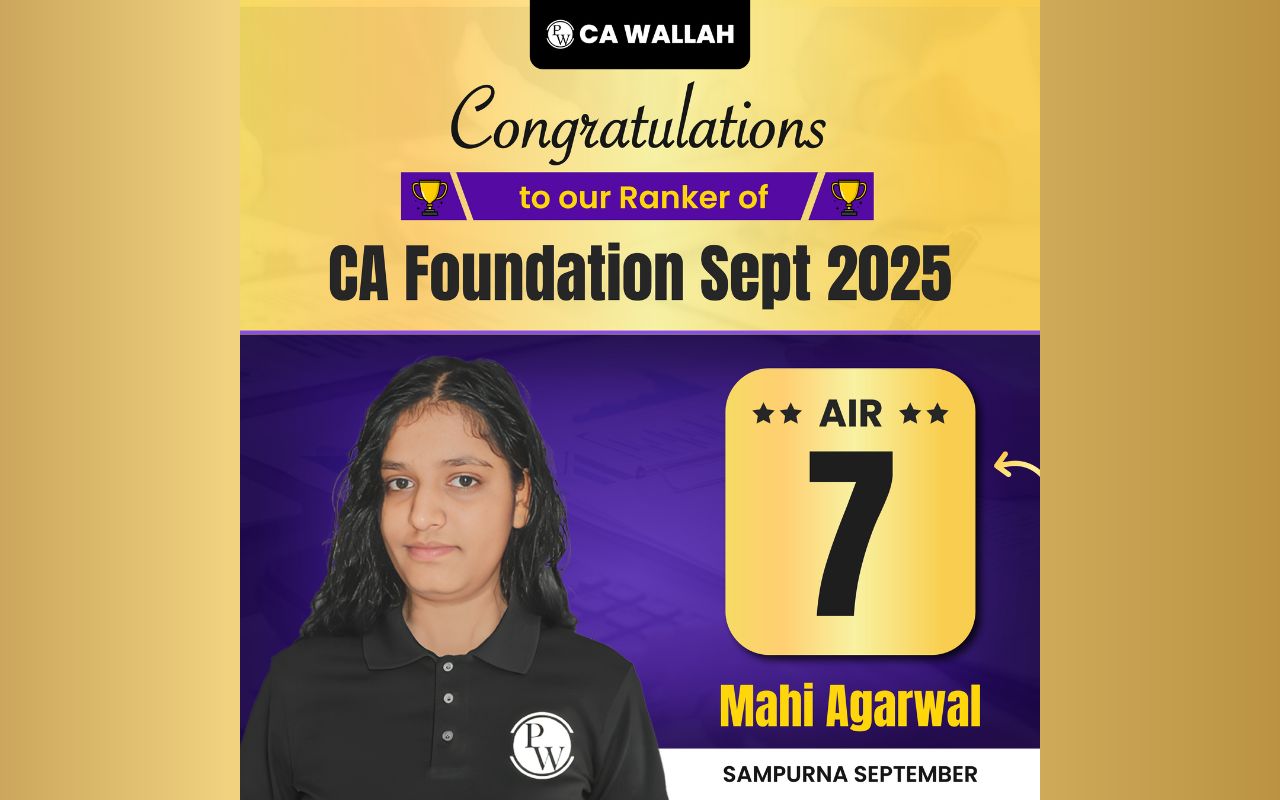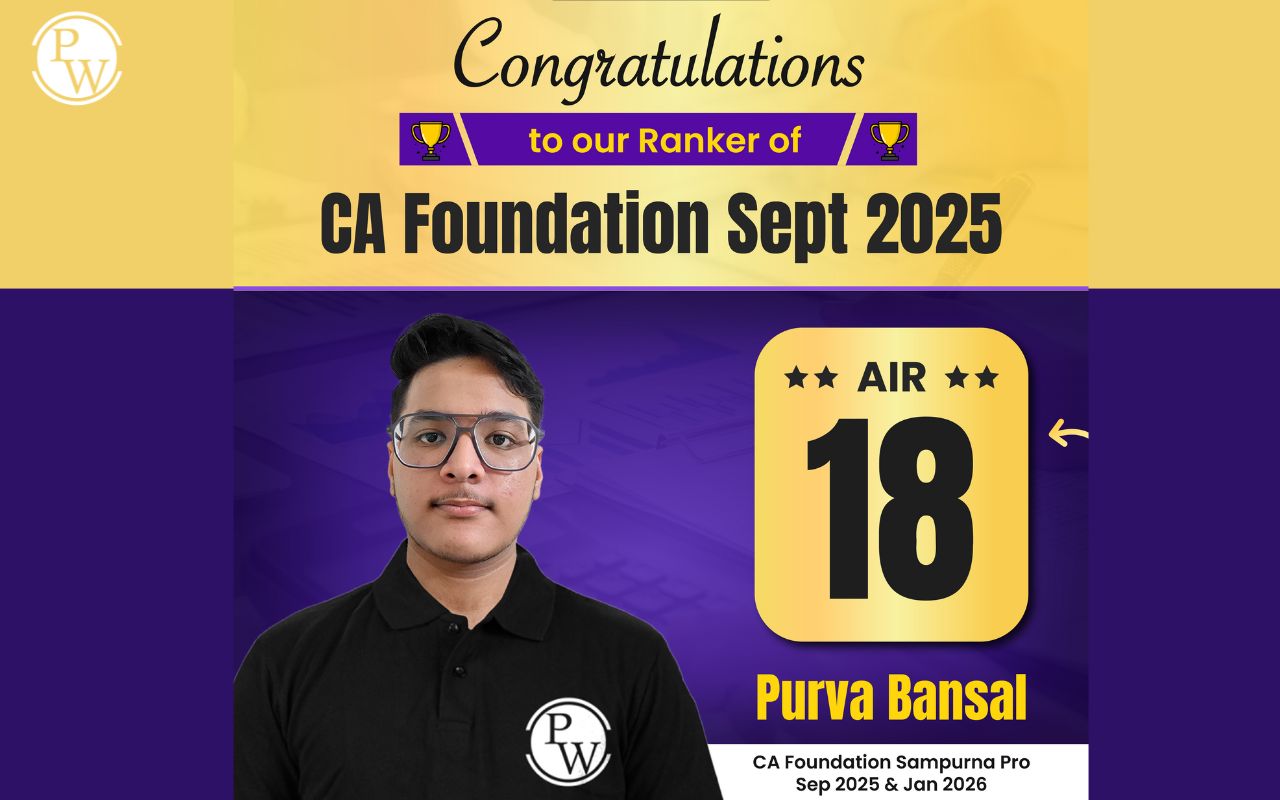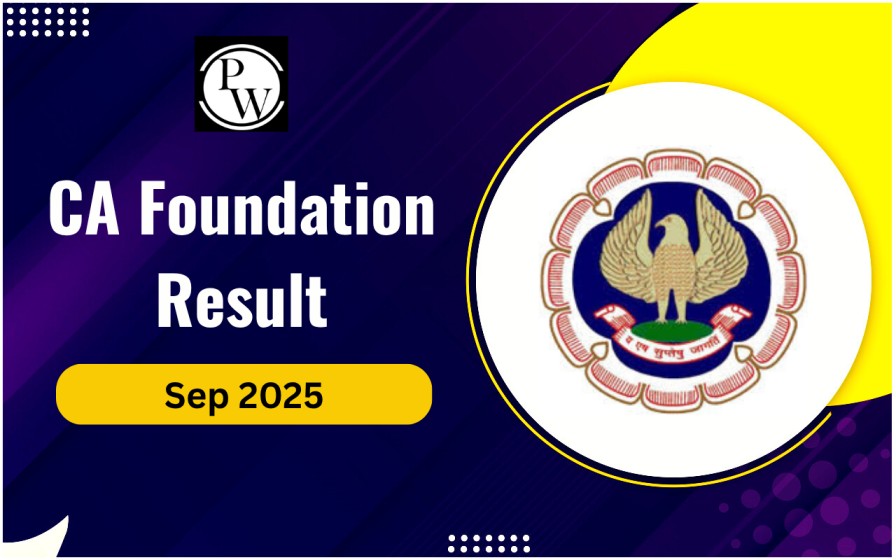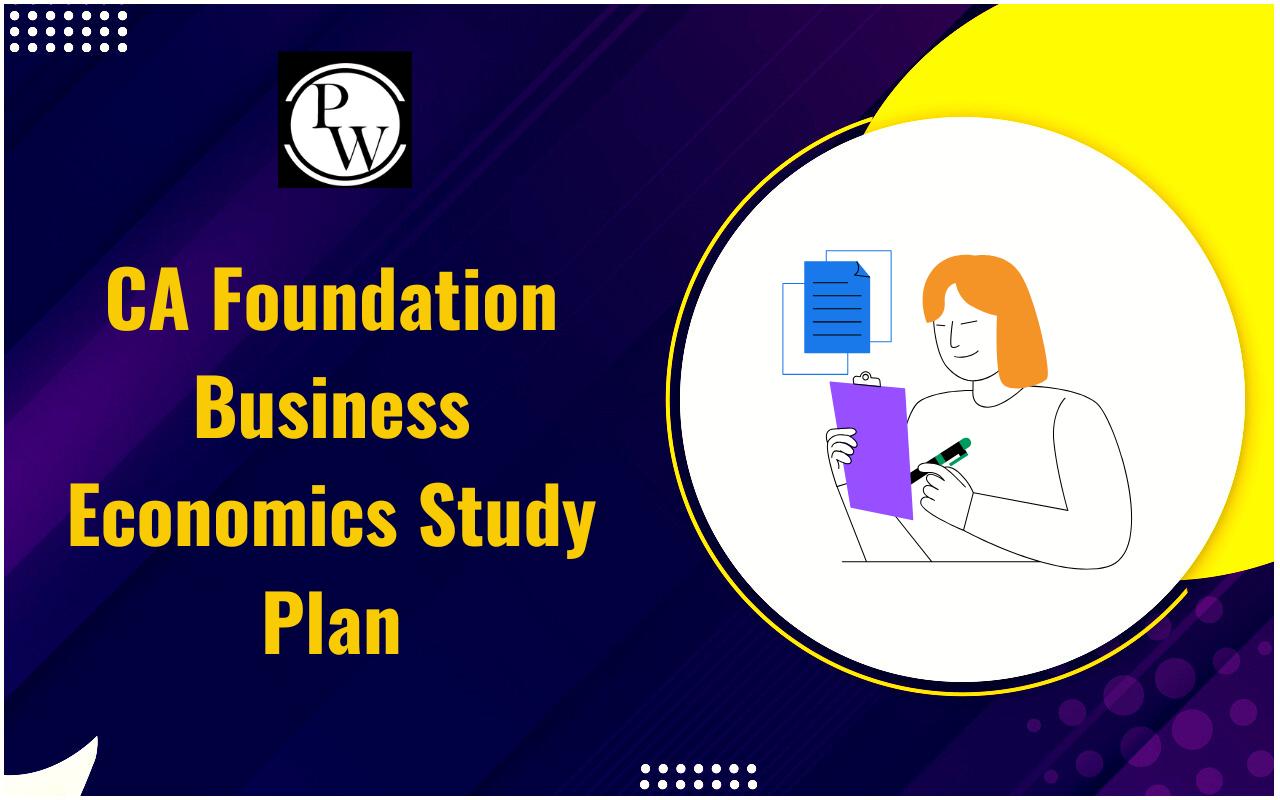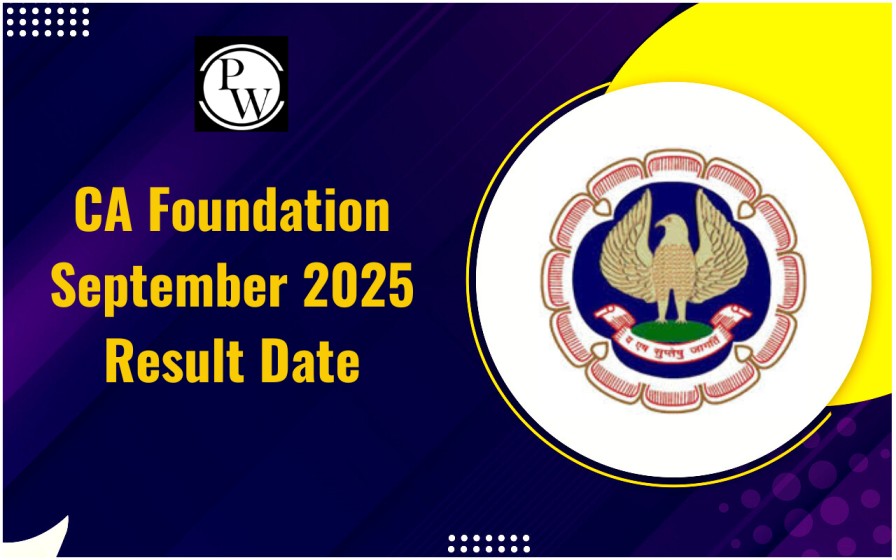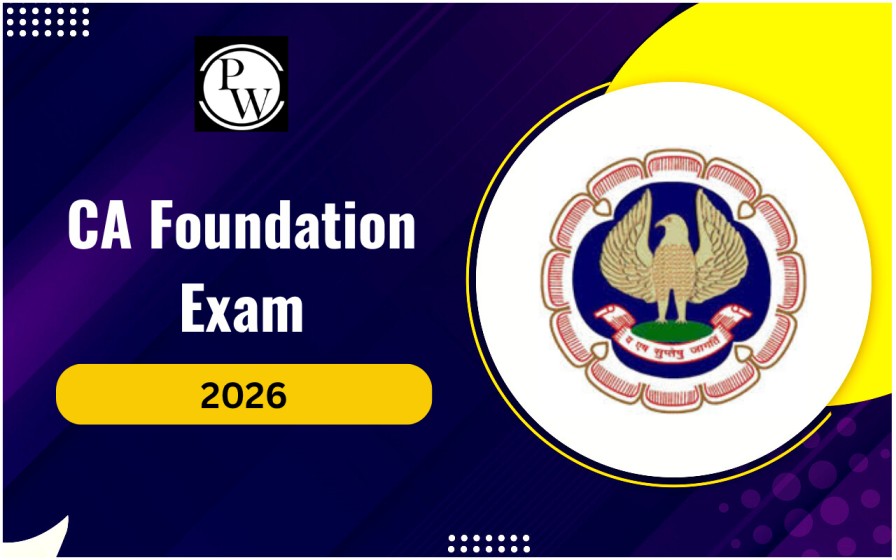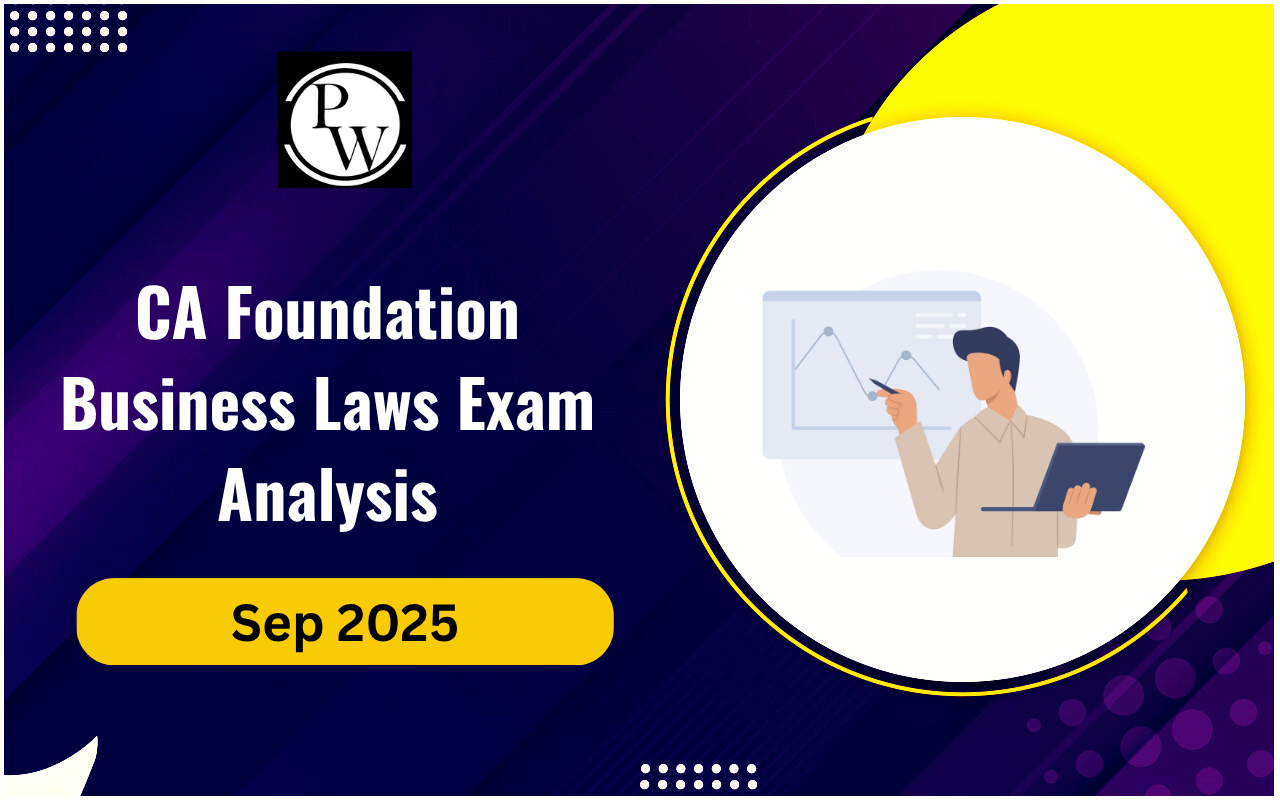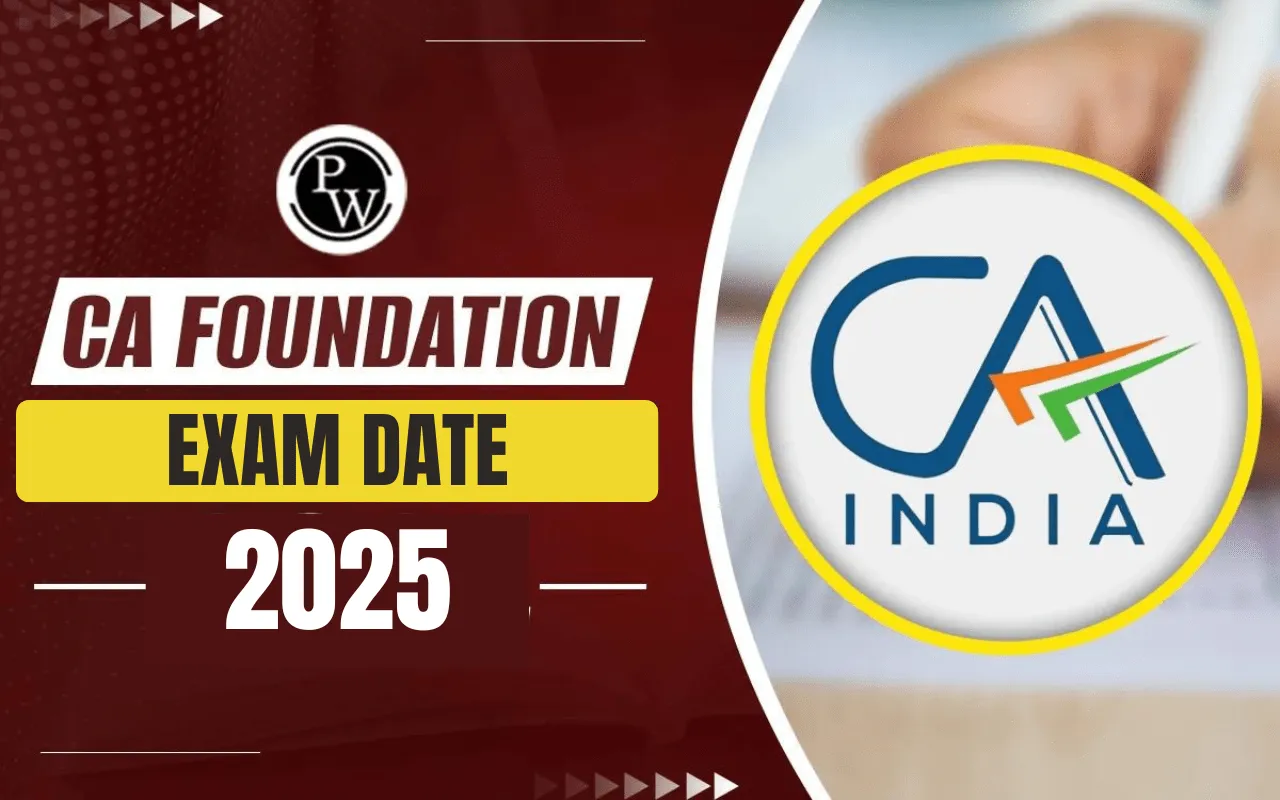

The CA Foundation May 2025 exam is over, and thousands of aspirants are now reflecting on how it went, especially the Accounting paper. For many, it was a mix of relief and satisfaction, while others are already planning for their next attempt.
In this detailed Accounting Exam Review, we’ll walk you through what students felt, how the paper was structured, and what you can learn from it.
CA Foundation May 2025 Accounting Exam Review
The CA Foundation Accounting Exam Review for May 2025 reveals that the paper was well-structured, aligning closely with the ICAI syllabus. Students found the questions to be a balanced mix of theoretical concepts and practical problems. The inclusion of questions from previous years' papers and revision test papers (RTPs) provided a sense of familiarity, aiding students in navigating the exam with confidence.
One student mentioned, "The paper was easy; I managed it well due to my writing speed." Another noted, "It was easy, expected, all comes from PYQs, RTPs." Such feedback underscores the importance of consistent practice and time management in exam preparation.
CA Foundation Accounting Exam Students' Feedback
Gathering insights from students who appeared for the May 2025 exam, the consensus is that the paper was fair and reflective of the study materials provided. Many students appreciated the predictability of the questions, which mirrored the patterns observed in previous exams.
Students who dedicated time to practicing past papers and RTPs found themselves at an advantage. The emphasis on core accounting principles and standard problem-solving techniques allowed well-prepared candidates to approach the exam with confidence. However, some students highlighted the need for better time management, as the paper, while straightforward, required efficient allocation of time to each section.
CA Foundation Accounting Exam Section-Wise Analysis
To help you decode the Accounting Exam Review better, let’s break down the paper section by section. The following is a closer look at what each part demanded and how students felt tackling them.
Theoretical Framework
This section tested students on the fundamental concepts of accounting, including definitions, objectives, and the scope of accounting. Questions were direct and aimed at assessing the conceptual clarity of students.
Accounting Process
Students encountered questions related to journal entries, ledger postings, trial balances, and rectification of errors. The problems required a clear understanding of the accounting cycle and attention to detail.
Bank Reconciliation Statement
This part involved reconciling the differences between the bank statement and the cash book. Students needed to identify and adjust for discrepancies such as unpresented cheques and bank charges.
Inventories
Questions focused on inventory valuation methods like FIFO and LIFO, and the calculation of cost of goods sold. Students were expected to apply these methods accurately to given data sets.
Concept and Accounting of Depreciation
This section tested knowledge on various depreciation methods, including straight-line and diminishing balance methods. Students had to compute depreciation expenses and understand their impact on financial statements.
Accounting for Special Transactions
Topics included bills of exchange, consignment accounts, and joint ventures. Students were required to journalize and prepare accounts for these special transactions, demonstrating their understanding of unique accounting scenarios.
Final Accounts of Sole Proprietors
Students prepared trading, profit and loss accounts, and balance sheets for sole proprietorships. The questions assessed the ability to compile financial statements from trial balances and adjustments.
Partnership Accounts
This section involved admission, retirement, and death of partners, along with profit-sharing ratios and revaluation of assets. Students needed to apply partnership accounting principles to various scenarios.
Financial Statements of Not-for-Profit Organizations
Students prepared receipts and payments accounts, income and expenditure accounts, and balance sheets for non-profit entities. The focus was on understanding the unique aspects of accounting for organizations that do not operate for profit.
Introduction to Company Accounts
This part covered the basics of company formation, issue of shares, and debentures. Students were tested on journal entries and the preparation of related financial statements.
How to Prepare for CA Foundation Next Attempt?
If this Accounting Exam Review taught us anything, it’s that good preparation makes a world of difference. The following is how you can gear up for your next attempt.
Understand the Syllabus Thoroughly
Begin by familiarizing yourself with the entire CA Foundation Syllabus, ensuring you understand each topic's weightage and significance. This knowledge will help prioritize study areas and allocate time effectively.
Practice Regularly
Consistent practice is key to mastering accounting concepts. Solve previous years' question papers, RTPs, and mock tests to build confidence and improve problem-solving speed.
Focus on Conceptual Clarity
Rather than rote learning, aim to understand the underlying principles of accounting topics. This approach will enable you to tackle a variety of questions, including those that are application-based.
Time Management
Develop the ability to manage time effectively during the exam. Practice completing papers within the stipulated time to enhance your writing speed and efficiency
Seek Guidance
If certain topics are challenging, don't hesitate to seek help from mentors, teachers, or peers. Joining study groups or enrolling in coaching classes can provide additional support and resources.
CA Foundation Accounting Exam Review FAQs
What was the overall difficulty level of the May 2025 Accounting exam?
Were there any unexpected topics in the CA Foundation exam?
How important is practicing past papers for CA Foundation preparation?
What areas should I focus on for better CA preparation?


